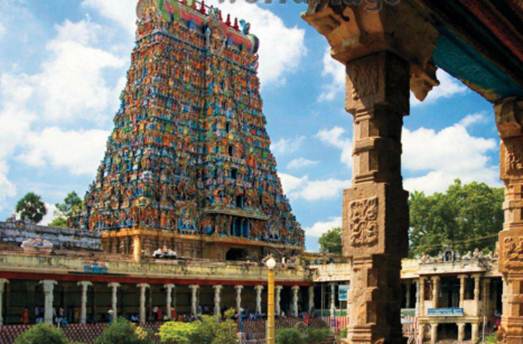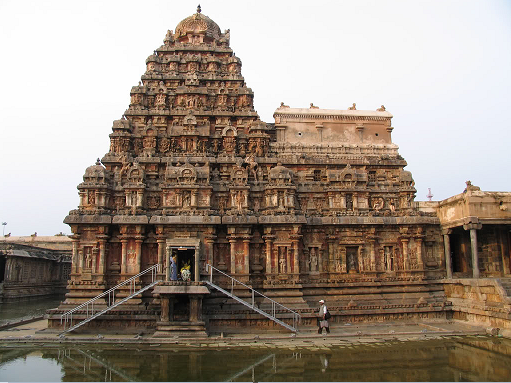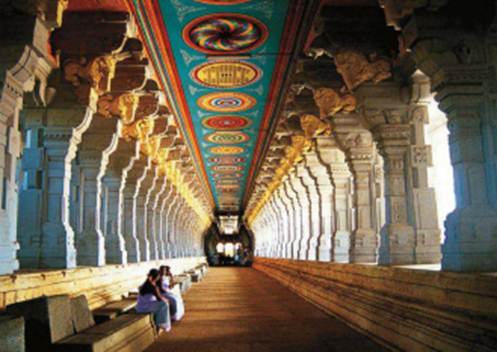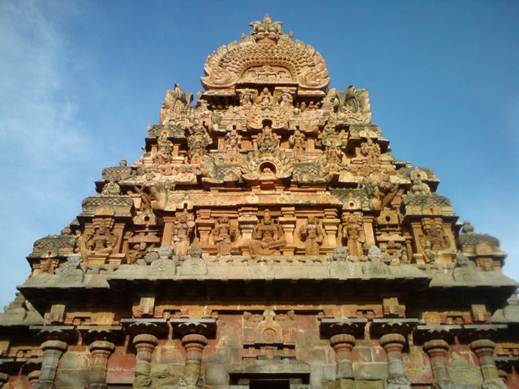Combining a fascing nating history and
stunning natural beauty with a seductive contemporary culture, India’s
southernmost state is waiting to explored…

Combining
a fascing nating history and stunning natural beauty with a seductive
contemporary culture, India’s southernmost state is waiting to explored…
Steeped in history
Although the region has been the home of
the Tamil people since around 500 BC and the offcial language, Tamil, has been
in use for over 2000 years, it was only in 1969 that Madras State was remaned
Tamil Nadu, which means ‘Tamil country’. In the intervening years, different
rules lest their mark in the form of intricate temples, many of which have been
desighnated Unesco World Heritage Sites. By contrast, the capital city Chennai
( formerly Madras ) is relatively young, having been extablished of India’s
diversity as it embraces the old and the new, the traditional and the modern.
And nothing illustrates this more clearly than the city’s architecture, which
features slick skyscapers, colonial buildings and ancient Dravidian temples.
Ancient monuments

Darasuram
Temple
Close to Chenai is the Unesco World
Heritage Site of Mahabalipuram, which is one of eight such classified sites in
Tamil Nadu. Originally a port city of the South Indian ruling Pallavas dunasty,
Mahabalipuram is home to an as tonishing collection of historic monuments that
were sculpted from rock between the 7th and the 9th
enturies. These ancient monuments include temples, shrines and sculpted
reliefs, as well as granite- hewn chariots. The structures are impressive but,
compared to Brihadeeswarar Tample at Thanjavur, which is the world’s first
complete granite temple and India’s largest, ther are small. One of the
country’s most prized architectural sites, Brihadeeswarar Temple stands inside
fortified walls and features a temple tower that is among the tallest of its
king in the world.

Nataraha
Temple Detail
Rich cultural heritage
As well as outstanding architecture, Tamil
Nadu’s extensive history has bequeathed the state a legacy of inspired poetry
and creative writing, days of celebratory festivals, several types of folk
dancing and a huge range of music that includes Carnatic; considered one of the
oldest systems of music in the world. Rightly proud of their rich cultural
heritage, most Tamils would agree that no visit to their state is complete
without seeing- or taking part in- a celebration of literature, devotion, dance
or music. They would also suggest that guests enjoy some of the regional
gastronomic delights. Vegetarians who enjoy spicy food will not be
disappointed by the array of grains, lentils, rice and vegetables that are on
offer at breakfats, lunch and dinner while carnivores will love hot Chettinad
cuisine, which features flavoursome variations of fish, mutton, and chiken
dishes.
The great outdoors
Beyon the temples and shrines, a different
kind of beauty is on offer, one that is natural but no less captivating. Tamil
Nadu boasts thick forests and lush hills that are teeming with wildlife, much
of which is native to the state. A visit to a hill station is an unmissable
highlight and the most popular- and, arguably, the most beautiful- is Ooty, a
cool and calm town located high up in the Nilgiris district, India’s first
Biosphere Reserve. Nature has been generous to this region, which is awash with
green foliage and has been beclared one of 14 ‘hotspots’ of the world thanks
to its unique bio- diversity.

Temple
Corridor, Gangai- Kondacholapuram
Elsewhere, Tamil Nadu’s numerous and
extensive national parks, wildlife santuaries, biosphere reserves, forests and
zoos are all enchanting, which makes choosing between them an almost
impossible task. But the state’s two tiger reserves- Mukurthi National Park and
Kalakkad Mundanthurai Tiger Reserve- are the only places where majestic Bengal
tigers can be seen, so they should not be left off any visitor’s intinerary.
Your holiday, your way. With so much to see, do and expore in Tamil Nadu, it is
worth researching your options before you travel and booking tour that will
allow you to combine several cultural, historical and environmental elemants in
one trip.